Discover the Power of Art Therapy: Transform Lives

Dive into the expressive power of art therapy and learn how it can transform lives. Begin your journey today!
What is Art Therapy?
Art therapy is a unique form of expressive therapy that combines the creative process and psychological counseling to help individuals of all ages improve their emotional, mental, and physical well-being. By engaging in various forms of art-making, individuals can explore their feelings, develop self-awareness, manage stress, and enhance their overall quality of life.
Benefits of Art Therapy
Emotional Expression
Art therapy provides a safe and non-judgmental environment for individuals to express their emotions and thoughts through the creative process. This form of therapy can help individuals gain a deeper understanding of their emotional state and develop effective coping strategies.
Stress Reduction
The act of creating art can be a soothing and relaxing experience. Art therapy has been shown to reduce stress and anxiety levels by helping individuals focus on the present moment and engage in mindful activities.
Improved Self-Esteem
Art therapy can foster a sense of accomplishment and self-confidence as individuals explore their creativity and learn new skills. By creating art, individuals can gain a sense of personal achievement and develop a positive self-image.
Art Therapy Techniques
There are numerous art therapy techniques that can be utilized to help individuals express themselves and explore their emotions. Some popular techniques include:
Painting
Using paint as a medium allows individuals to explore color, texture, and form to express their emotions and thoughts in a fluid and dynamic way.
Drawing
Drawing with pencils, charcoal, or other materials can provide individuals with a means of visual communication and expression, enabling them to process and depict their emotions and experiences.
Collage
Collage involves combining various materials, such as paper, fabric, and photographs, to create a unique piece of art. This technique encourages individuals to explore their feelings and thoughts through the juxtaposition and layering of images and materials.
Sculpture
Sculpture provides a tactile and three-dimensional approach to art therapy. Individuals can use clay, wood, or other materials to create forms that represent their emotions, thoughts, and experiences.
Who Can Benefit from Art Therapy?
Art therapy is beneficial for individuals of all ages and backgrounds, including children, adolescents, adults, and older adults. It can be particularly helpful for those struggling with mental health issues, trauma, grief, and other life challenges. Art therapy can also be an effective tool for individuals with developmental or physical disabilities, helping them to express themselves and develop their creative potential.
How to Become an Art Therapist
To become an art therapist, individuals typically need to obtain a master’s degree in art therapy or a related field, such as counseling or psychology, with a focus on art therapy. During their education, aspiring art therapists will learn about various art therapy techniques, psychological theories, and counseling methods.
Certification and Licensing
After completing their education, individuals may pursue certification through organizations like the Art Therapy Credentials Board (ATCB). Additionally, some states or countries may require licensure to practice art therapy. Requirements for licensure vary, so it is important to research local regulations. Learn more by reading our blog post.
The Art Therapy Course at Scholistico
At Scholistico, you can embark on a journey to discover the power of art therapy and transform lives through a comprehensive online course.
Course Content
The art therapy course at Scholistico covers various topics, including the history and theory of art therapy, different techniques and approaches, the role of the art therapist, and ethical considerations. The course also provides practical exercises and case studies to help students apply their knowledge in real-life situations.
Learning Outcomes
Upon completion of the Scholistico art therapy course, students will have gained a solid understanding of the principles and practices of art therapy. They will be equipped with the skills and knowledge necessary to utilize art therapy techniques effectively in a therapeutic context. Graduates of the course will be prepared to pursue further education and certification in the field of art therapy.
Enrollment and Support
Enrolling in the art therapy course at Scholistico is easy and convenient, with flexible online access allowing students to study at their own pace. Throughout the course, students will have access to support from experienced instructors and the opportunity to connect with other learners in a supportive online community.
Conclusion
Art therapy is a powerful tool that can transform lives by promoting emotional expression, reducing stress, and boosting self-esteem. By pursuing an education in art therapy, individuals can make a positive impact on the lives of others while developing their own creative potential. The art therapy course at Scholistico provides an excellent starting point for those interested in exploring this rewarding field.
FAQs
- Do I need to be a professional artist to become an art therapist?
No, you do not need to be a professional artist to become an art therapist. However, having a background in art and experience with various art forms can be beneficial in understanding and utilizing the therapeutic potential of art.
- Can art therapy be used alongside other forms of therapy?
Yes, art therapy can be used in conjunction with other forms of therapy, such as talk therapy or cognitive-behavioral therapy, to provide a comprehensive approach to addressing an individual’s needs.
- Is art therapy effective for all ages?
Art therapy can be beneficial for individuals of all ages, from young children to older adults. The techniques and approaches used in art therapy can be adapted to suit the needs and abilities of each individual.
- How long does it take to complete the art therapy course at Scholistico?
The duration of the art therapy course at Scholistico depends on the individual student’s pace and availability. As the course is offered online, students can progress through the material at their own pace and complete the course in a timeframe that suits their personal schedule.
- Can I practice art therapy after completing the Scholistico course?
The Scholistico art therapy course is designed to provide a strong foundation in the principles and practices of art therapy. However, to become a practicing art therapist, you will need to obtain further education, certification, and potentially licensure, depending on your location.



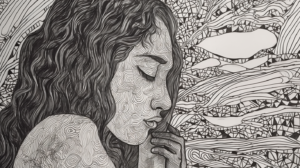
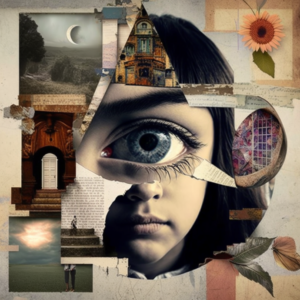
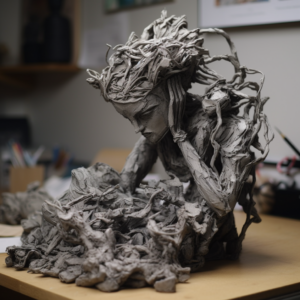


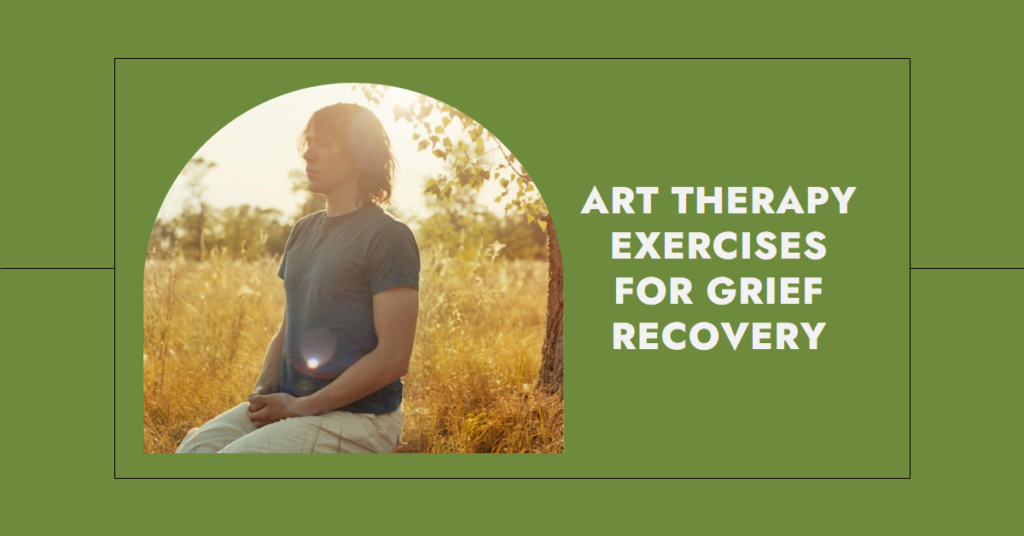
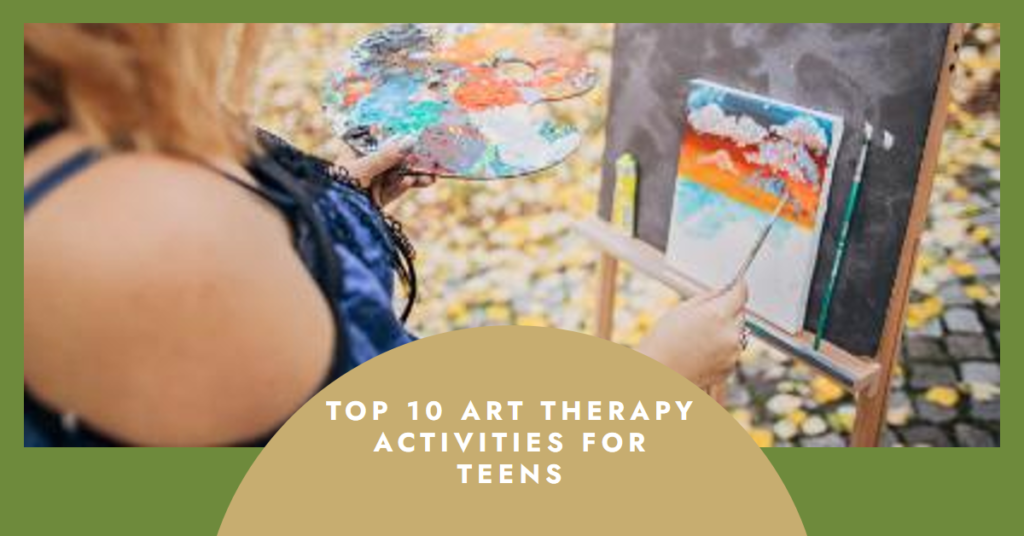
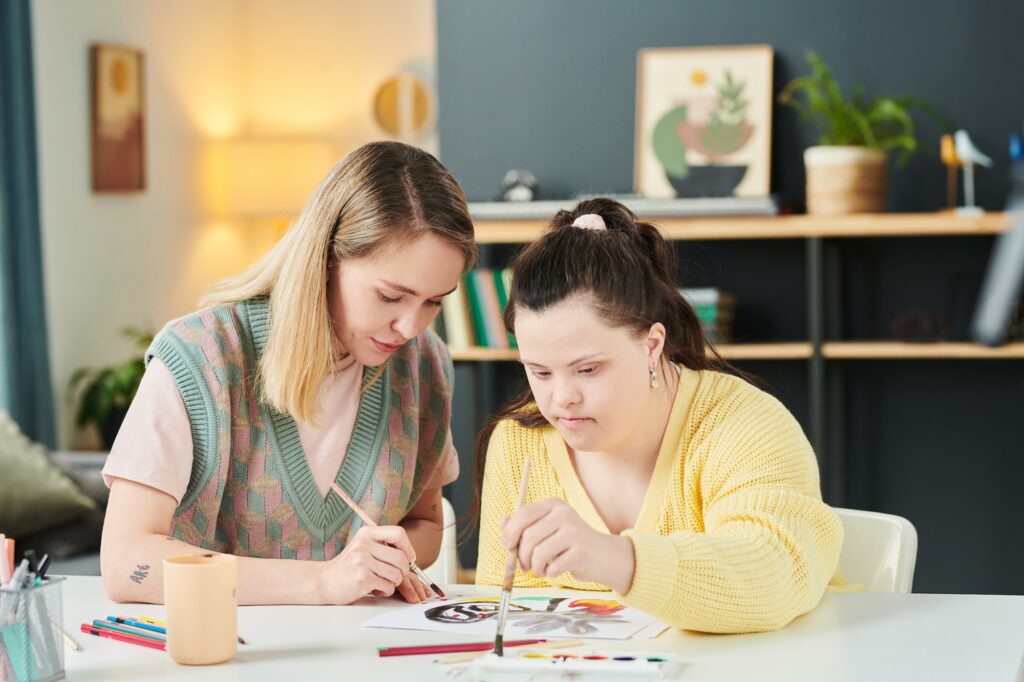
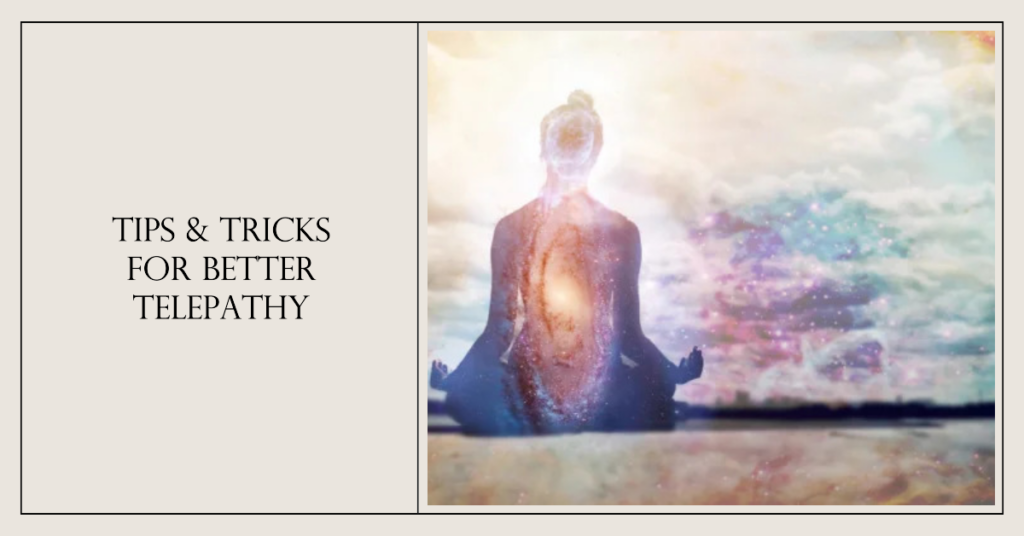




[…] peaceable journey into the world of art therapy begins with understanding some of its simple, yet powerful exercises. Listed below are five of the prominent art therapy activities sketched out in our book “50+ […]
[…] art therapy courses emphasize the transformative power of mandala creation, not only as a form of […]